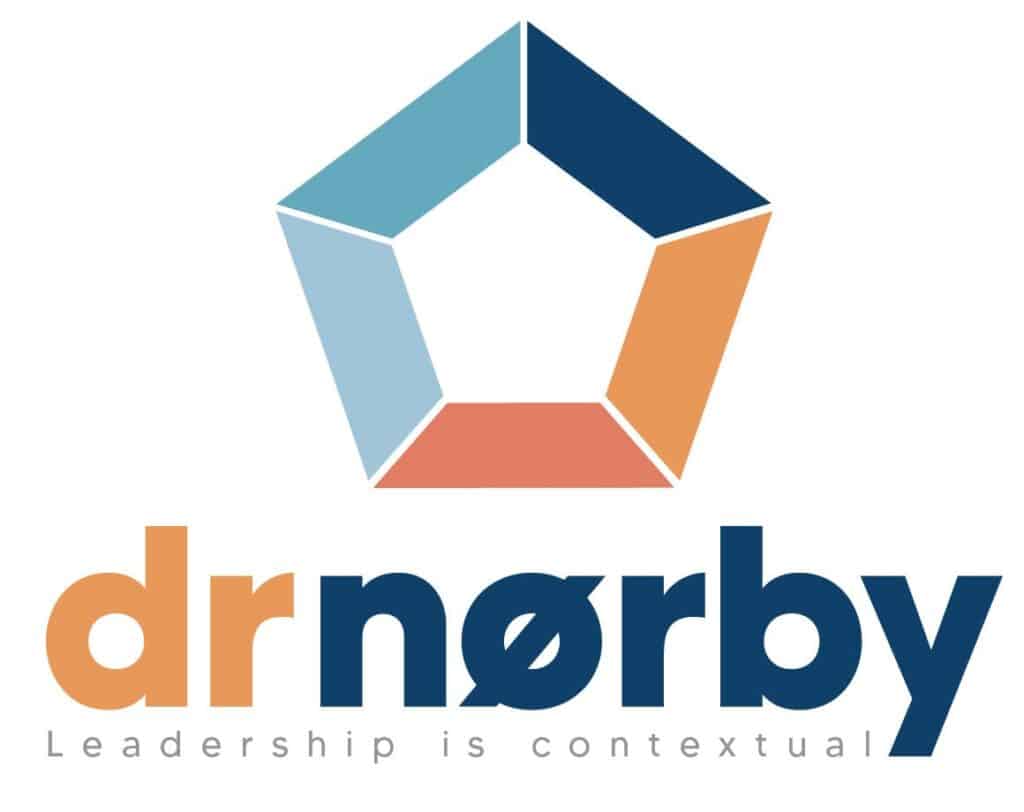Leading a team separated by different time zones or physical distance can bring unique challenges, so it’s crucial that you understand the best leadership behaviours to meet these head on. Workforce dispersion results in remote working and a need for effective distance leadership. Geographical spread is one of the key elements in the external environment layer of the leadership context, and it’s one of the few elements that leaders aren’t able to control for themselves. However, there are actions you can take to mitigate any negative effects.

Why is workforce dispersion important in the leadership context?
The leadership context includes a number of factors in five layers that can help you make more informed choices, especially when working across different functions and geographies. Workforce dispersion is one of the contextual factors within the external environment layer of the leadership context. These external factors are outside a leader’s control – but you can choose how to respond to them and support a great team functionality and motivation.
Key issues related to workforce dispersion highlighted in my doctoral leadership context research included:
- Physical distance can hinder leadership and work performance. Where there is a physical distance between team members and less face-to-face communication, leaders need to consider how to mitigate the effects of the separation. Personal leadership can mitigate the effects, but it is just as important to shape the leadership context to support communication, decision making, social belonging and team task awareness, which is the bedrock for effective coordination.
- Working different hours makes coordination difficult. Working across different time zones can hinder team performance, communication and coordination. The same effect can be felt by teams working across different shifts. This reduction in interaction can leave leaders and teams feeling more distanced from each other, and leaders need to ensure they keep up regular and relevant interaction with everyone in the team. Shaping the leadership context can scaffold these efforts by developing standards and creating team ownership in making them work, so the team shares the leadership task of securing direction, alignment and commitment for all in the team.
- Dispersion also has a positive side. While distance might seem like an overwhelmingly negative factor for leaders to address, it can also positively encourage greater ownership amongst dispersed teams. Also, it allows for concentrated in-depth work without disturbance. You can use this to drive improved performance by implementing a system that enables team members to monitor their performance. You should also facilitate increased self-monitoring and self-regulation, with clear and documented standards. This shaping of the leadership context empowers the team to keep each other positively accountable due to the transparency and alignment of the ways of working.

People are different when it comes to collaborating over the distance
People are different when it comes to collaborating over the distance
Working at a distance can be a help or hindrance to leaders and team performance, and there are some other concepts for leaders to consider:
- Some people prefer to work alone. Remote working can offer them an opportunity to concentrate without disturbance. Conversely, distance working can lead to lower levels of organisational commitment and performance, and higher psychological distance. Hence, understanding your team’s personalities and motivational preferences becomes more important.
- Distance can force empowerment. Some people can flourish with remote working and the opportunity to take more ownership. As team members don’t have the chance to always ‘double-check’ with the leader, this can lead to them taking more accountability and showing more initiative. For some, this transition includes moving out of the comfort zone and needs to be facilitated by the leader.
- Dispersion can challenge team cohesion. However, distance reduces the communicative richness between the leader and their team and colleagues and lowers the informal interaction frequency. This can lead to differing ideas on what teams are trying to achieve and fragmented perceptions around ways of operating that should be carefully managed. The importance of involving the team in interpreting how team practices should align to different contextual demands increases.

Further advice from our panels of experts
In my research, I gathered thoughts from more than 125 experts in leadership, HR and academia. Their key practical advice for leaders who have dispersed teams included:
- It is not ‘just’ about communicating more! Leading at a distance requires different behaviours to leading in proximal conditions – you need to shape the context to empower the team differently than when everyone is in the same office.
The need for regular and structured touch points goes up as the physical distance increases. If not taken into account, there is – in my experience – a large likelihood of negatively impacting employee performance.

Vice President, HR, participant in the global leadership context study
The need for regular and structured touch points goes up as the physical distance increases. If not taken into account, there is – in my experience – a large likelihood of negatively impacting employee performance.

- Leaders need to invest more energy in understanding the challenges and efforts put in by remote-working employees – individualised consideration becomes more important. Leaders should set common standards and then agree individually with each team member how they want to be supported – which interaction frequency works best; how work should be followed up and performance assessed within the shared team standards.
With respect to leadership behaviours, physical distance requires the leader to accept that their employees will have more autonomy in how they get their work done. Therefore, it will be imperative that desired results are clearly established and that employees understand they are accountable for delivering them under low supervision. Also, leaders must be plugged into how each employee needs to be coached to accomplish the team’s work in these work situations.

Professor of Leadership, participant in the global leadership context study
With respect to leadership behaviours, physical distance requires the leader to accept that their employees will have more autonomy in how they get their work done. Therefore, it will be imperative that desired results are clearly established and that employees understand they are accountable for delivering them under low supervision. Also, leaders must be plugged into how each employee needs to be coached to accomplish the team’s work in these work situations.

- Leaders should focus more on agreeing on outcomes, specifying relevant KPIs, clarifying accountabilities, and giving more responsibility to their remote teams for performance delivery. This fosters two skill sets among the remote employees, the core skills to solve the tasks, the skills necessary to organise own work, and the skills to participate effectively in distance collaboration. Composing the team right and building distance collaboration skills are key elements in effective contextual leadership when facing workforce dispersion.
This blog series is based on my doctoral research studies into the leadership context, involving more than 125 leadership experts. My research identified contextual factors that can significantly help or hinder leadership or organisational performance. It also gave me insight into the contextual dynamics and how to handle these challenges.
My blogs aim to inspire leaders to exercise more effective contextual leadership, and assist companies and consultants in developing better recruitment, leadership and talent programmes. Please get in touch if you have ideas, queries or wish to contribute to promoting insights about context and leadership.
Sign up to my newsletter and receive the e-book "Workforce Dispersion"


